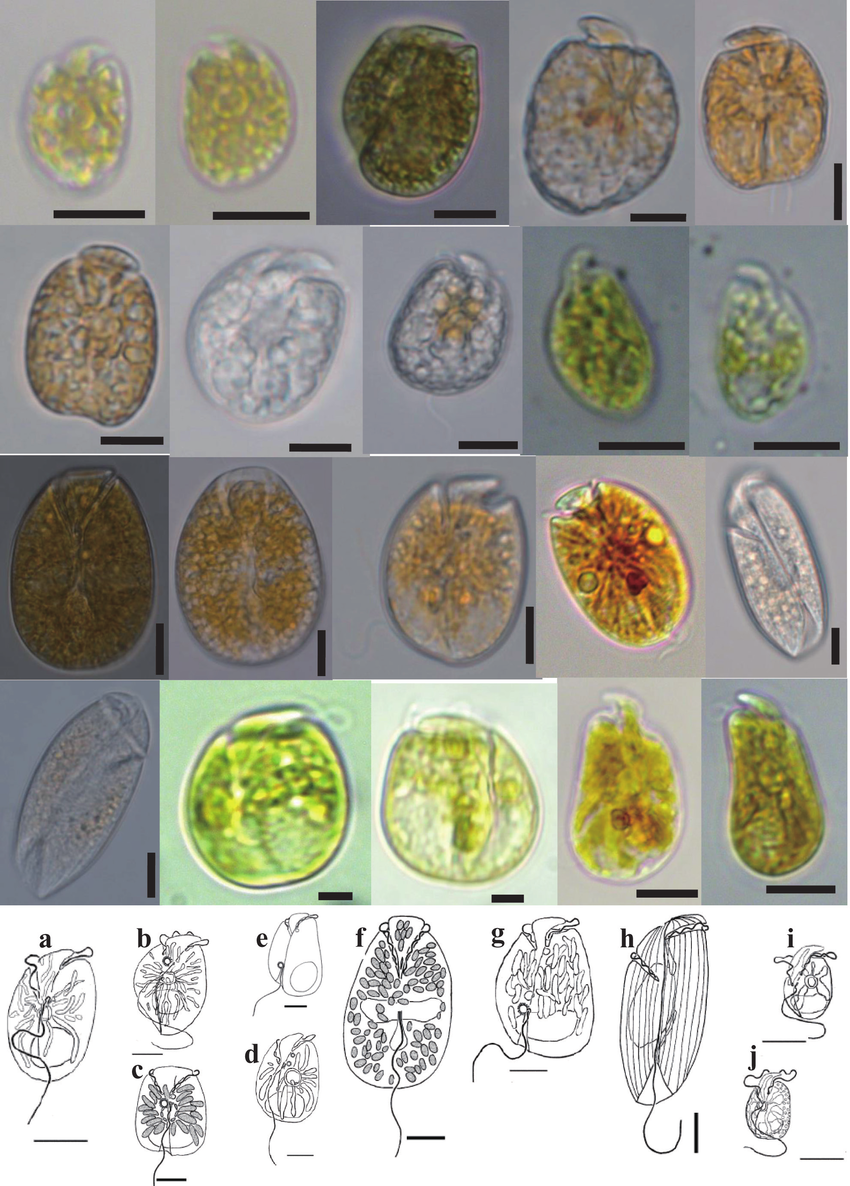- Joined
- May 22, 2016
- Messages
- 6,535
- Reaction score
- 10,082
Sounds like you are slowly turning things around. Let us know what the microscope says.@taricha after about 3 days the sand is brown and i stir it up then 3 days later the sand is brown.. not like before where the dinos came back immediately


















